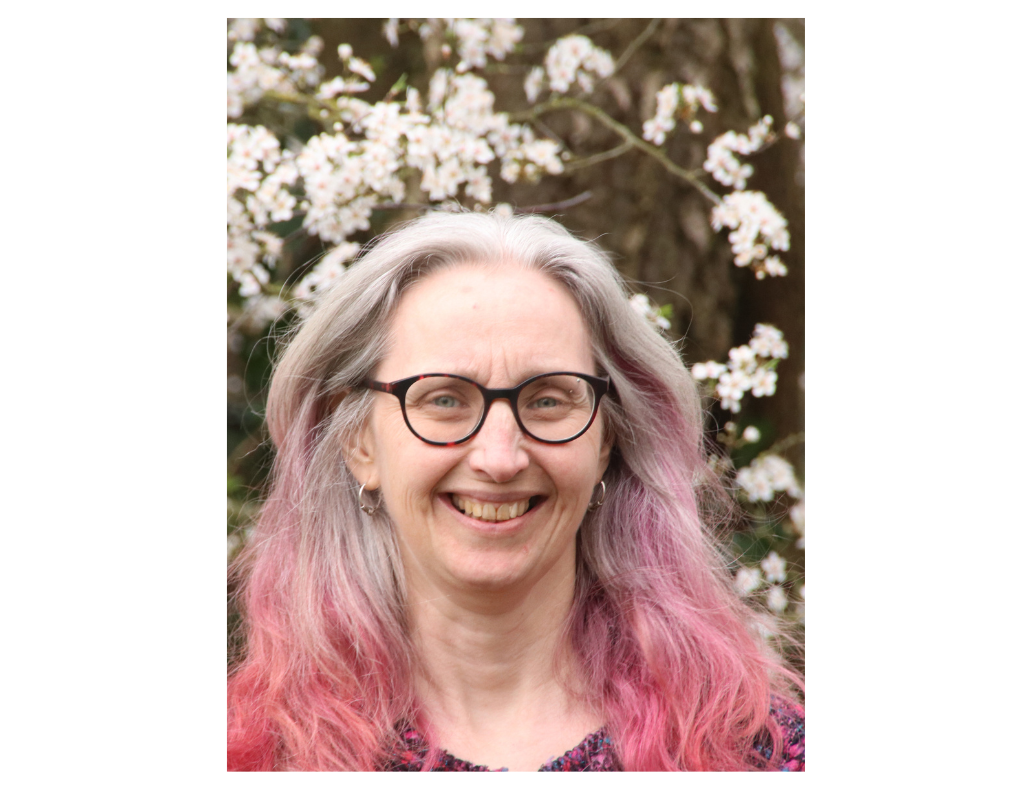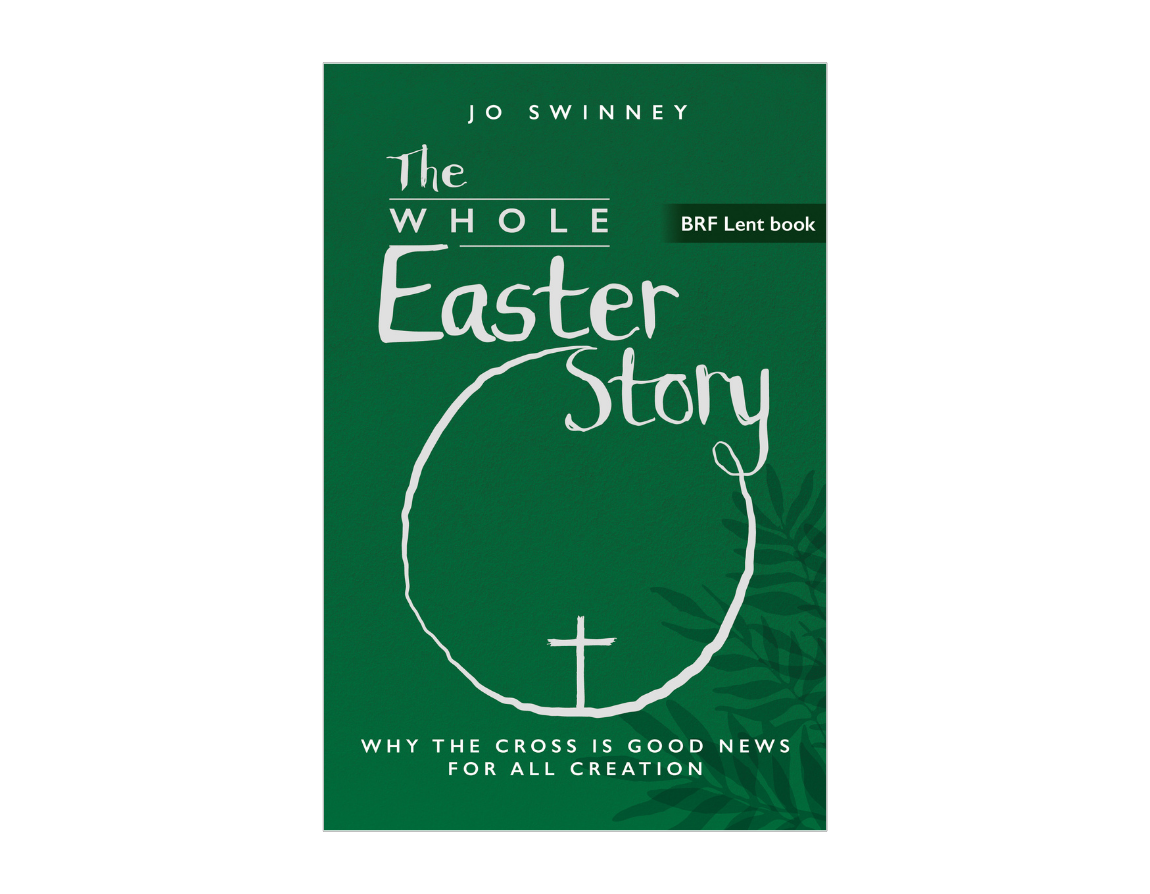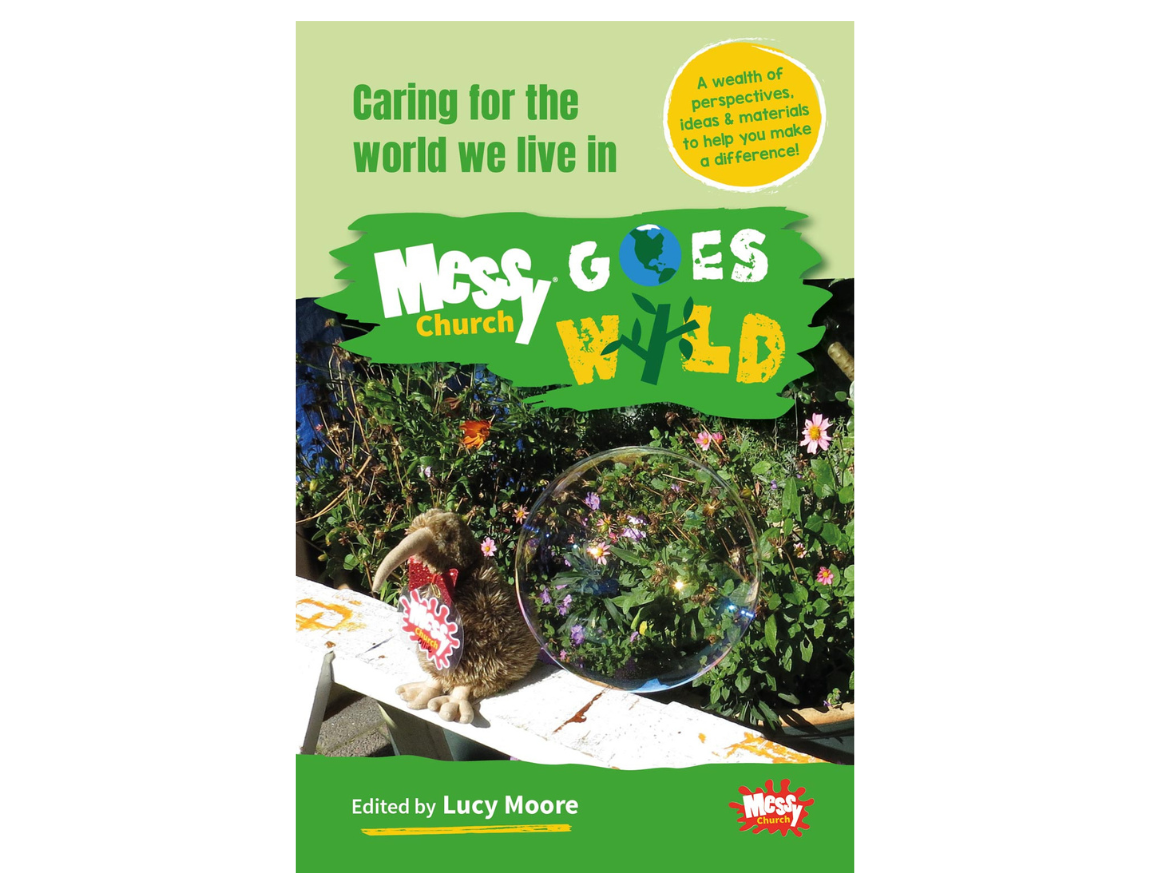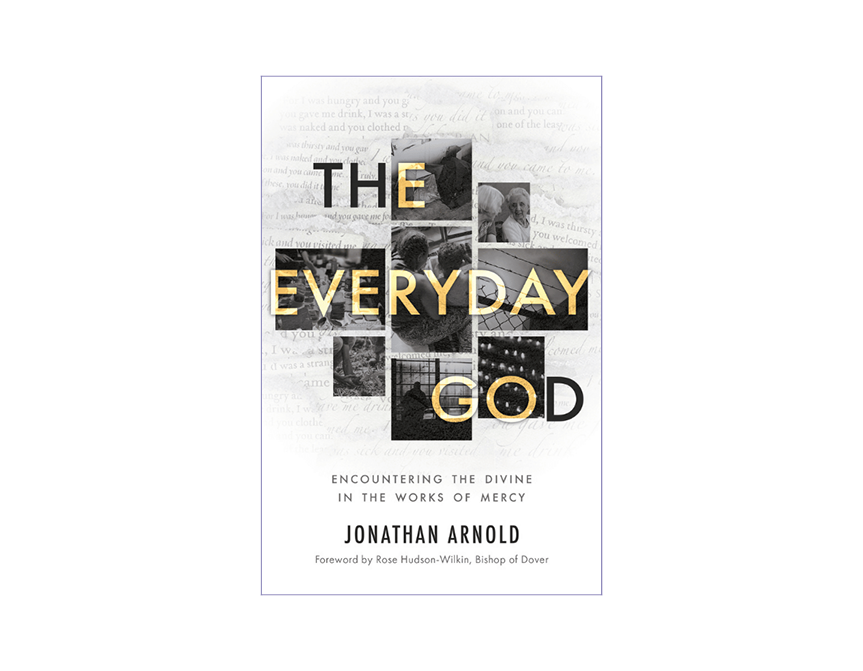Cate Williams of Green Coracle reads our 2025 Lent book, The Whole Easter Story by Jo Swinney.
9 February 2025
A bigger story
We know this of course, but the story we remember at Easter is part of a bigger story – the story of what God has done, is doing and will do. It is a story of despair and hope, of wrong turns and setting things straight. It is a human story, with all that entails in terms of the reality of life lived out, with twists and turns, and good bits and bad bits.
But it is also a story about everything else that God has made too: daffodils and sparrows; oaks and bees; the grandeur of the wildest animals on Africa’s plains; and the life on our doorstep, in parks, playgrounds, gardens and countryside. It is the story of both God’s and our relationship with wider creation: in God’s case, the story is of sustaining love; in ours, it’s our usual mixture of selfish misuse and glorious love in action. The Easter story is a crux, a turning point but one that only really makes sense when we consider how it sits within the bigger story, the whole story.
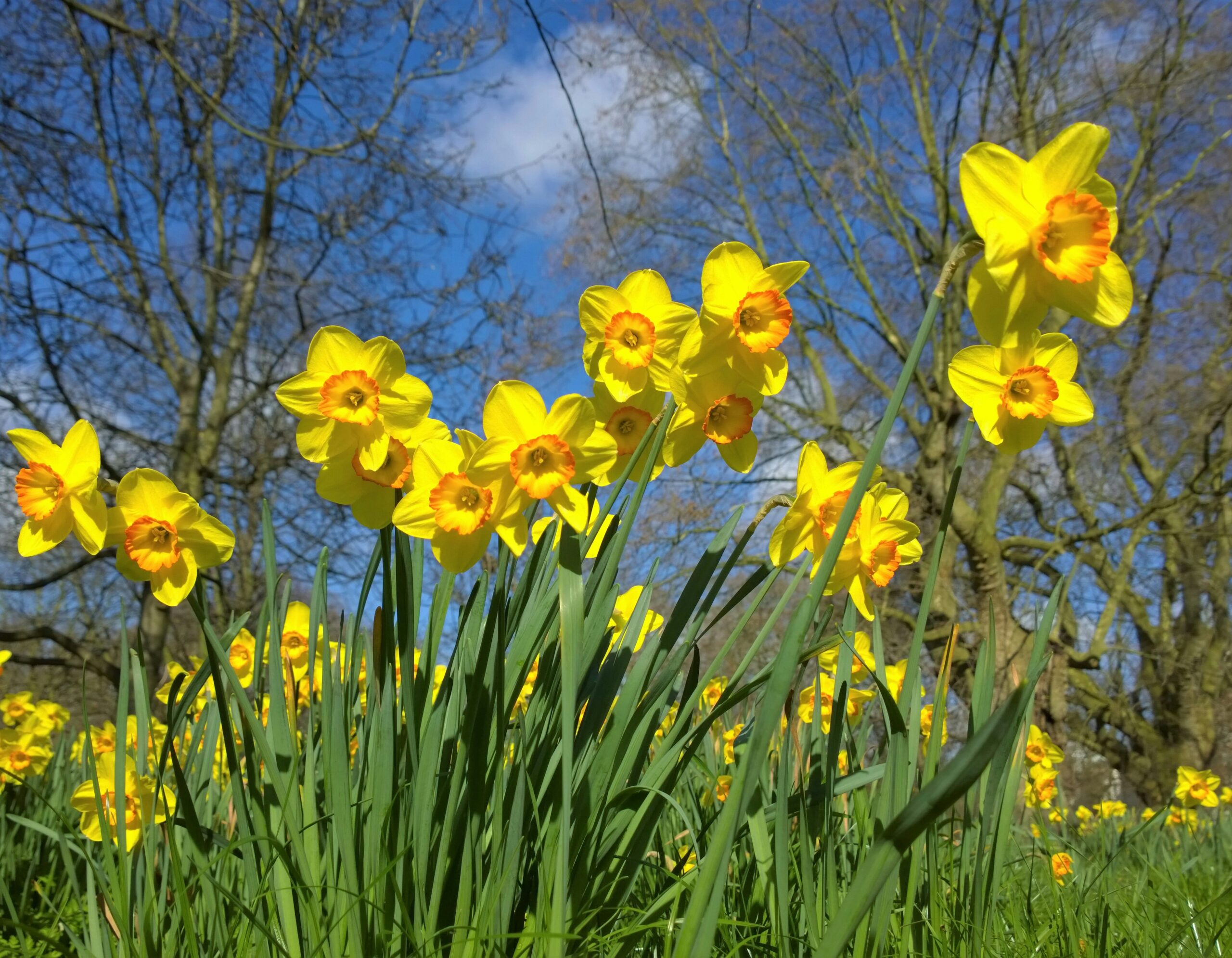
The story we remember at Easter is the story of both God’s and our relationship with wider creation.
Sharing the love with creation
We often focus in our Christian faith on our individual relationship with God in faith and prayer. This is, of course, a key part of being a Christian, but it is only one part. As we draw closer to the source and origin of love, we are sent out to share that love with others. The familiar territory is to consider sharing love with other people, but contemporary environmental concerns are reminding us that we are sent out not just to other people but to the whole of God’s creation.
In The Whole Easter Story, Jo Swinney holds all these things together as a whole and sets us on a Lenten journey of renewing our relationship with God, with people and with the planet. The book is grounded in the understanding that God is in relationship with all of creation.
The first section is a traditional Lenten reflection on renewing our relationship with God. But then other intersecting themes are threaded in: God’s relationship with creation (part 2), and then the outflowing of our relationship with God into our relationships with other people (part 3) and with creation (part 4).
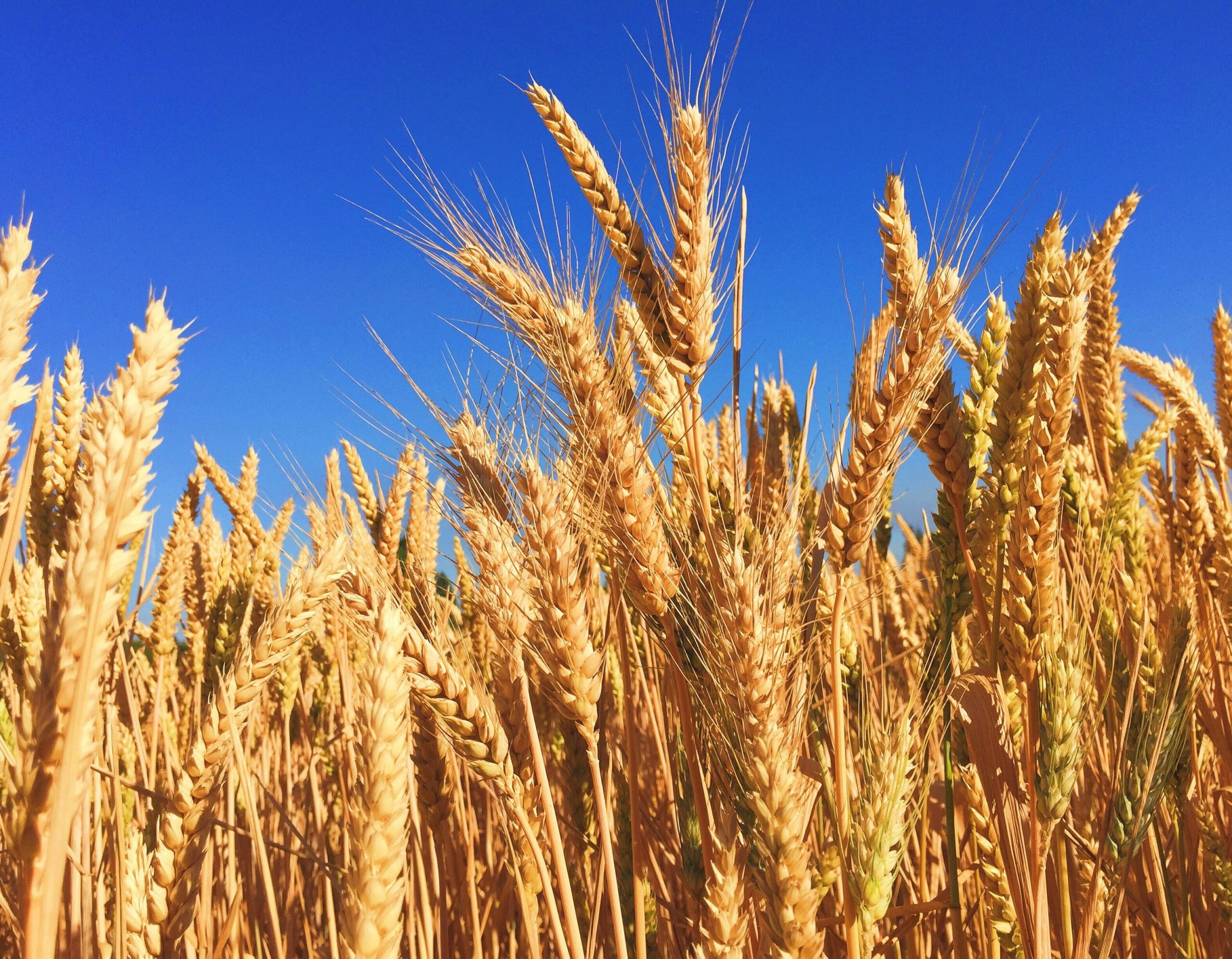
Contemporary environmental concerns are reminding us that we are sent out not just to other people but to the whole of God’s creation.
A deeply biblical perspective
This is a deeply biblical perspective explored by many scholars. A few years ago, I read Walter Brueggemann’s The Land and relished how he unpicked texts throughout the Hebrew scriptures in order to illustrate the same threefold relationship between God, humanity and creation that Jo Swinney explores here.
Brueggemann wrote: ‘It will no longer do to talk about Yahweh and his people but we must speak about Yahweh and his people and his land’ (p. 3). In other words, we need to get that wider creation perspective back to the very heart of our faith, because it is deeply biblical to do so.
Bruggemann is clear that by ‘the land’ he means the mud, the earth, and all the life that depends on it – in other words, creation as a whole. With our 21st-century perspective, when we read about ‘the land’ in the Bible we tend to assume a political nation-state. But that wasn’t the case all those centuries ago, in communities which depended on nature – the physical land and its fruit – much more obviously than we do. We are still just as interdependent, we just don’t notice so much.
But we need to start noticing – and quickly – if we are to re-balance our relationship with creation in the face of the contemporary environmental crisis we are experiencing.
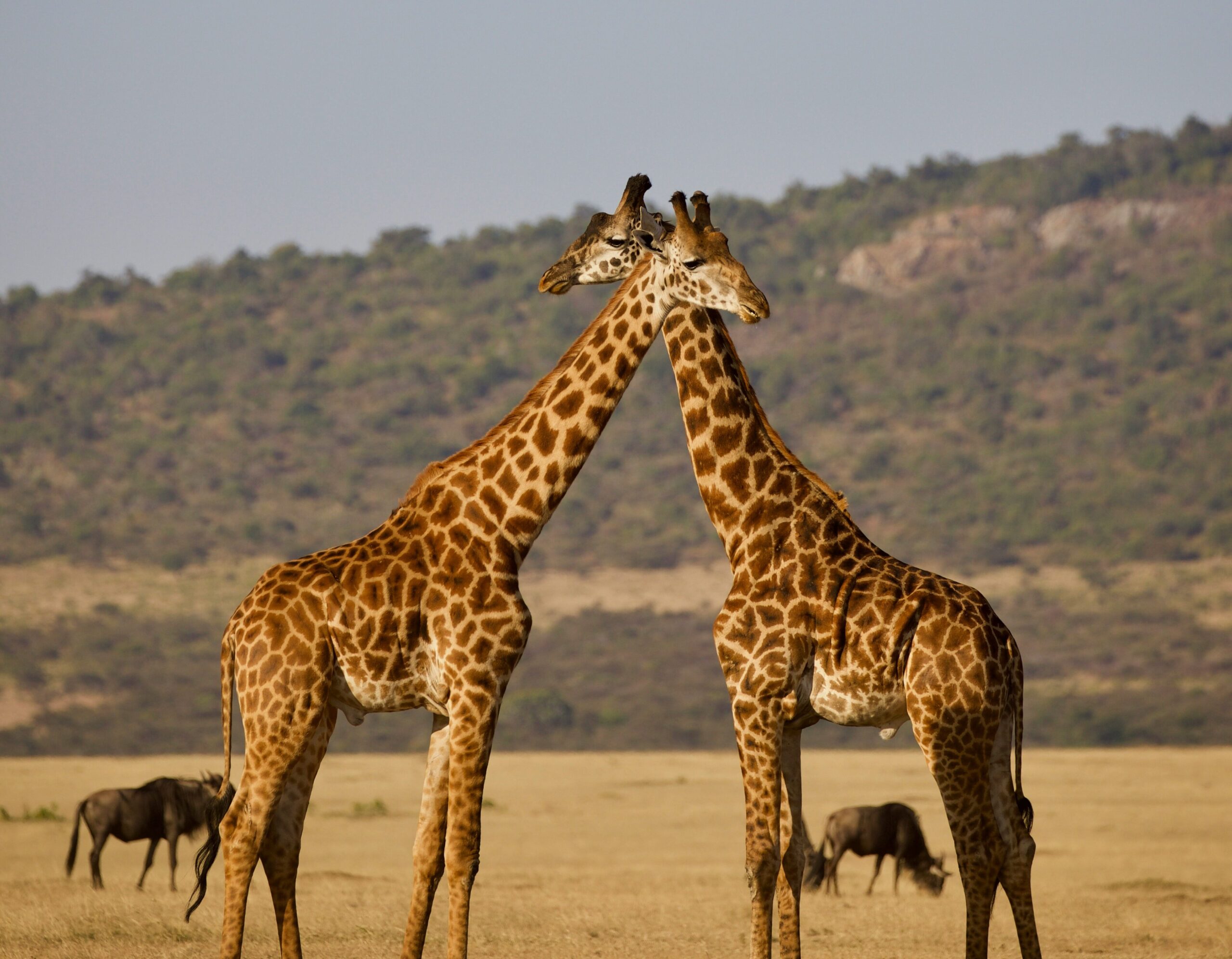
Brueggemann wrote: ‘It will no longer do to talk about Yahweh and his people but we must speak about Yahweh and his people and his land.’

